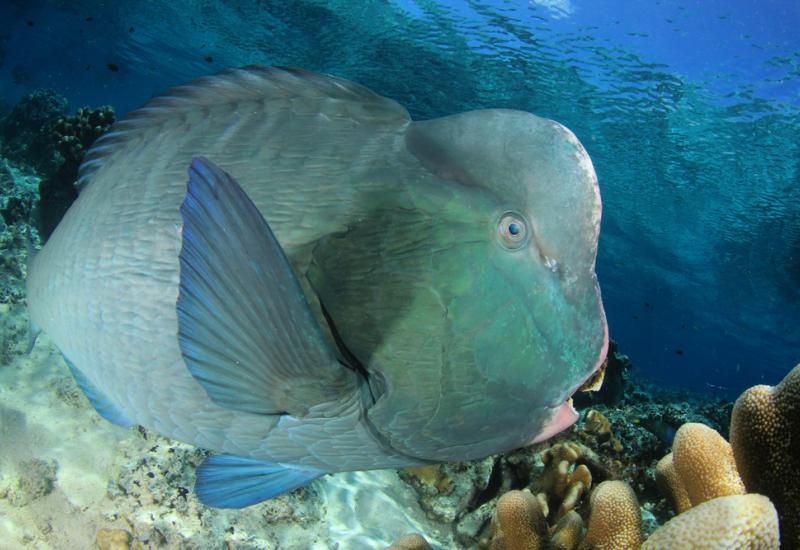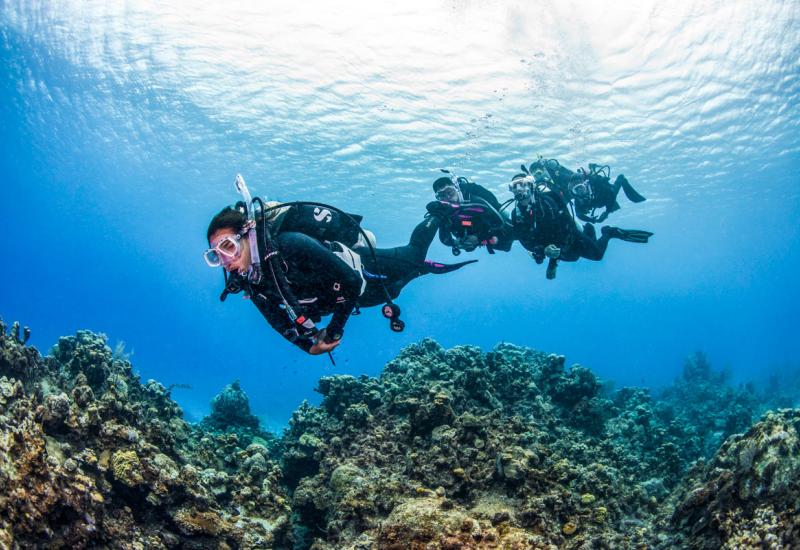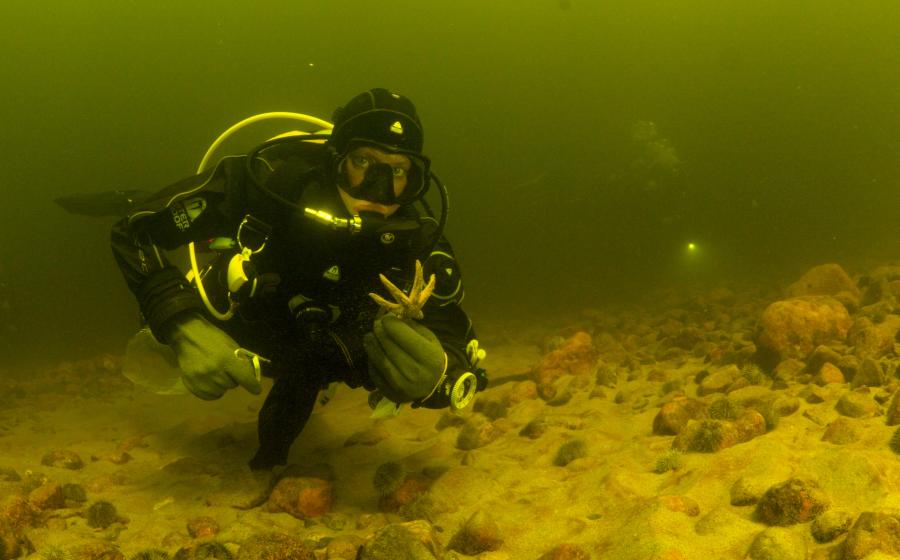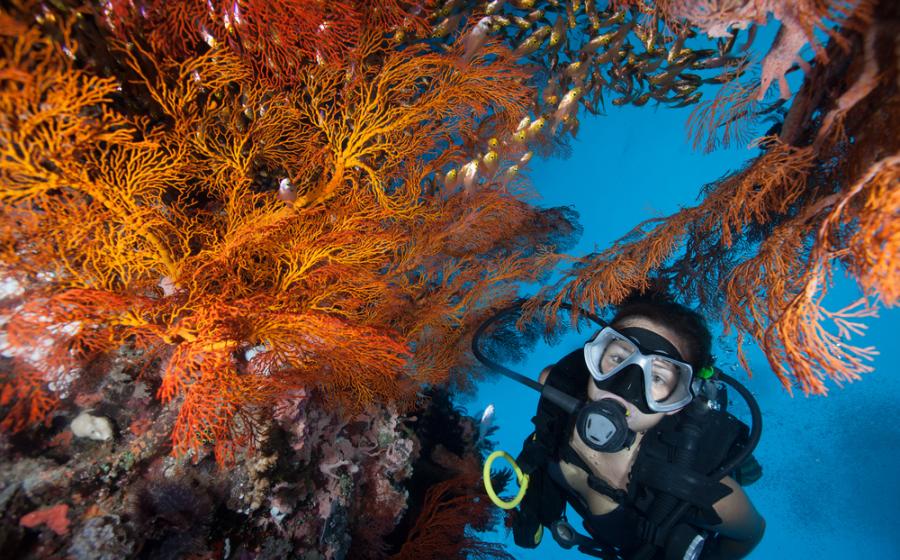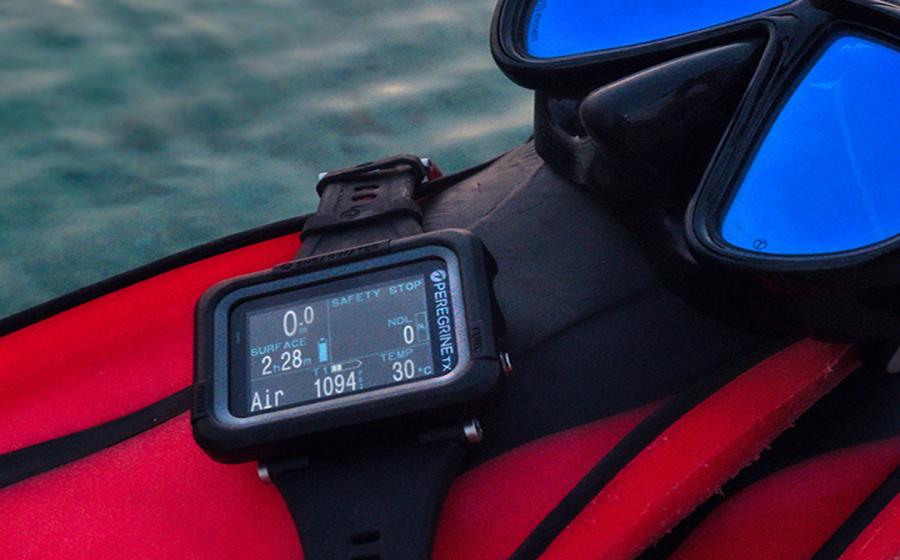Seeking the Extraordinary Dive
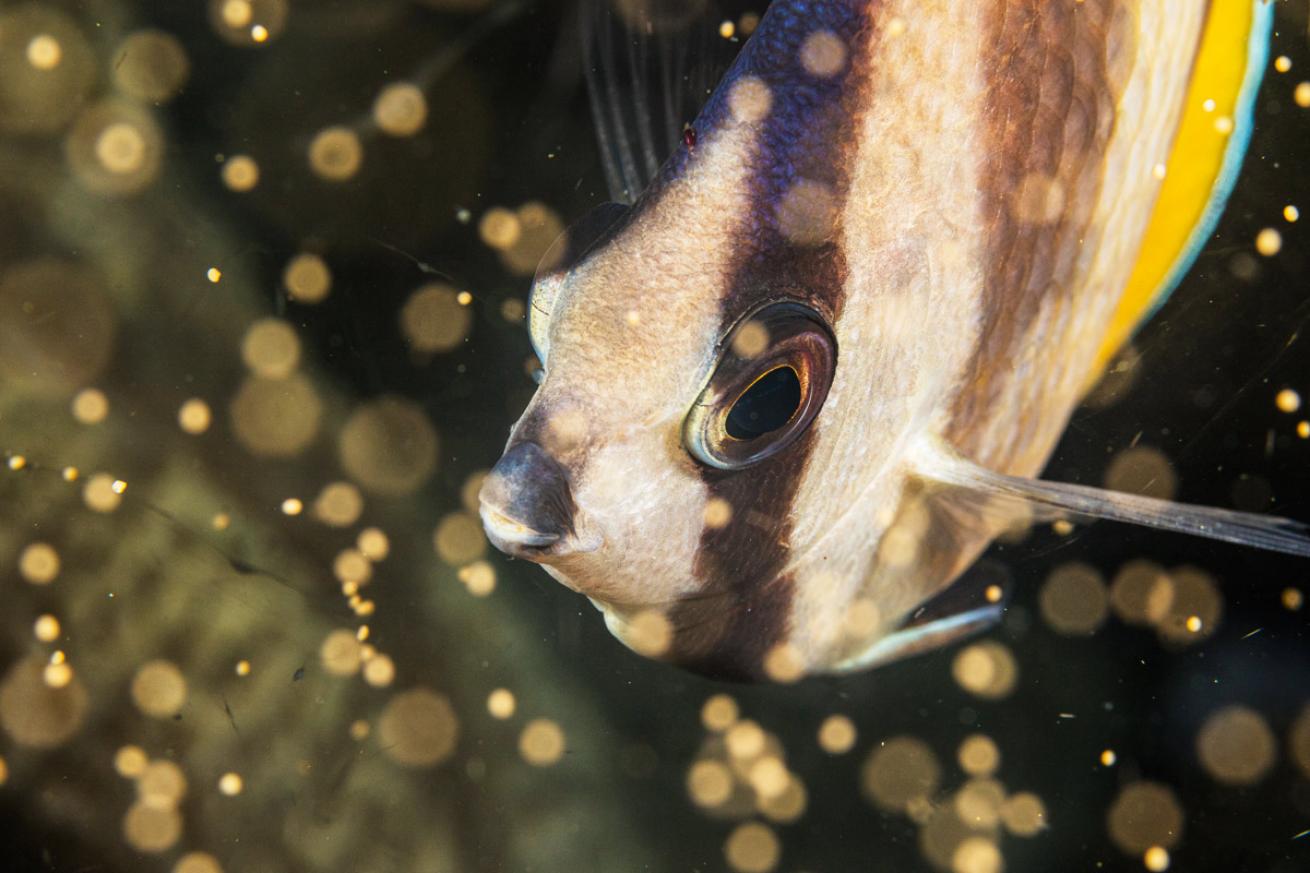
Brent DurandA blacklip butterflyfish (Chaetodon kleinii) feeds on spawning coral in Anilao, Philippines.
I rolled off the bangka boat as the last sliver of sun sank below the orange horizon in Anilao, Philippines. The water was already dark as I turned in the direction of our dive group, lazily flicking my fins to drift toward their lights.
Out of the corner of my eye I noticed a butterflyfish emerge and disappear in a rapid arc, immediately followed by a second. Weird, I thought, swimming over to investigate. The fish darted through the beam of my light once again and then homed in on a section of coral quickly blurring in front of me. I inched closer to realize there was no optical illusion: The coral was emitting a silky cloud dotted with eggs. Spawning!
Related Reading: How Marine Animals Are Playing a Vital Role in Saving Our Planet
Moments like this define the scuba diving experience. They fuel our passion for diving and the longing to be in the water as much as possible. Stories are told and retold, inspiring the inquisitive to take the first step toward scuba certification.
You never know what you’ll encounter on any given dive. With Anilao still on my mind, I asked resident pro photographer Mike Bartick for his view.
“Diving every day has taught me to expect and prepare for the unexpected,” he said. “Even after more than 5,200 dives in our area I feel that I have barely scratched the surface. We frequently encounter many of the same species, yet many display totally different attitudes and personalities. Just this week I had a normally passive snake eel lunge from the sand in an impressive display I was able to document in photos.”
Many of us reading this column have committed to dives and even full trips seeking unique encounters that might not have been realized. We put all the pieces together to give us the best chances of success chasing sailfish in Mexico, mola mola near Bali, or dolphins in the Red Sea, but we may or may not actually end up meeting those animals face to face. The beauty in these trips is that, for every encounter that goes unfulfilled, we store a credit that amplifies the joy when we succeed in the next attempt.
The ocean is a true wilderness, and marine life are wild animals, engaging with divers on their own terms. We can study their life cycles and anticipate their behavior, but nothing can guarantee we’ll find a life-changing moment. That’s the joy in seeking the extraordinary, in truly living the dive lifestyle.
Related Reading: Scientists Discover Surprising News About the Fate of Coral Reefs in the Tropical Pacific Ocean
“Many years ago, on an otherwise normal dive off San Carlos Beach in Monterey Bay, California, I was tootling around in the shallow kelp bed saying hi to the usual suspects—rockfish, purple-ring topsnails, sea stars, etc. when I parted a curtain of kelp to fi nd something most unexpected,” said professional underwater photographer Brandon Cole. “A gray whale was just 10 feet in front of me. The 25-foot-long whale was motionless. It was eyeing me, apparently curious. I didn’t move; I didn’t breathe. I might not have even believed this truly happened at all if not for a friend in our boat above who was enviously looking down into the water to witness the extraordinary event.”
This isn’t the first time I’ve heard a version of this story, and you’d better believe that every time I approach the back of a kelp bed I slow down and become more observant. Maybe I’ll see a gray whale one day and maybe I won’t.
One thing I do know is that I need to get in the water ASAP to check if something is hanging out just beyond the curtain.


